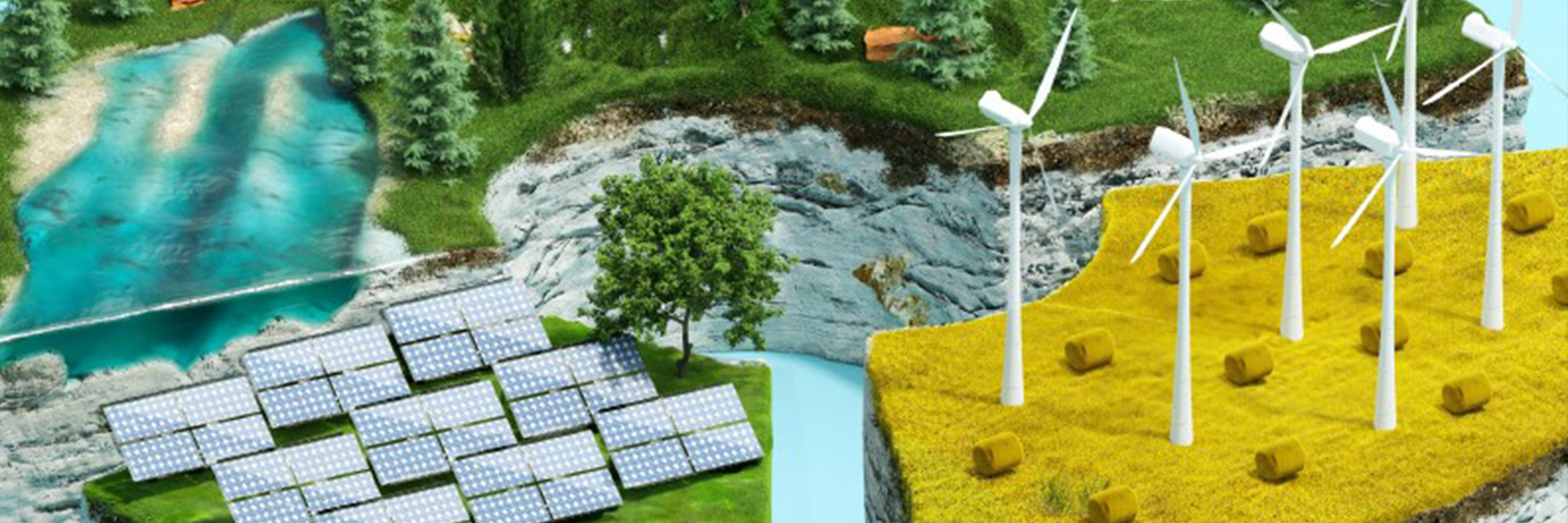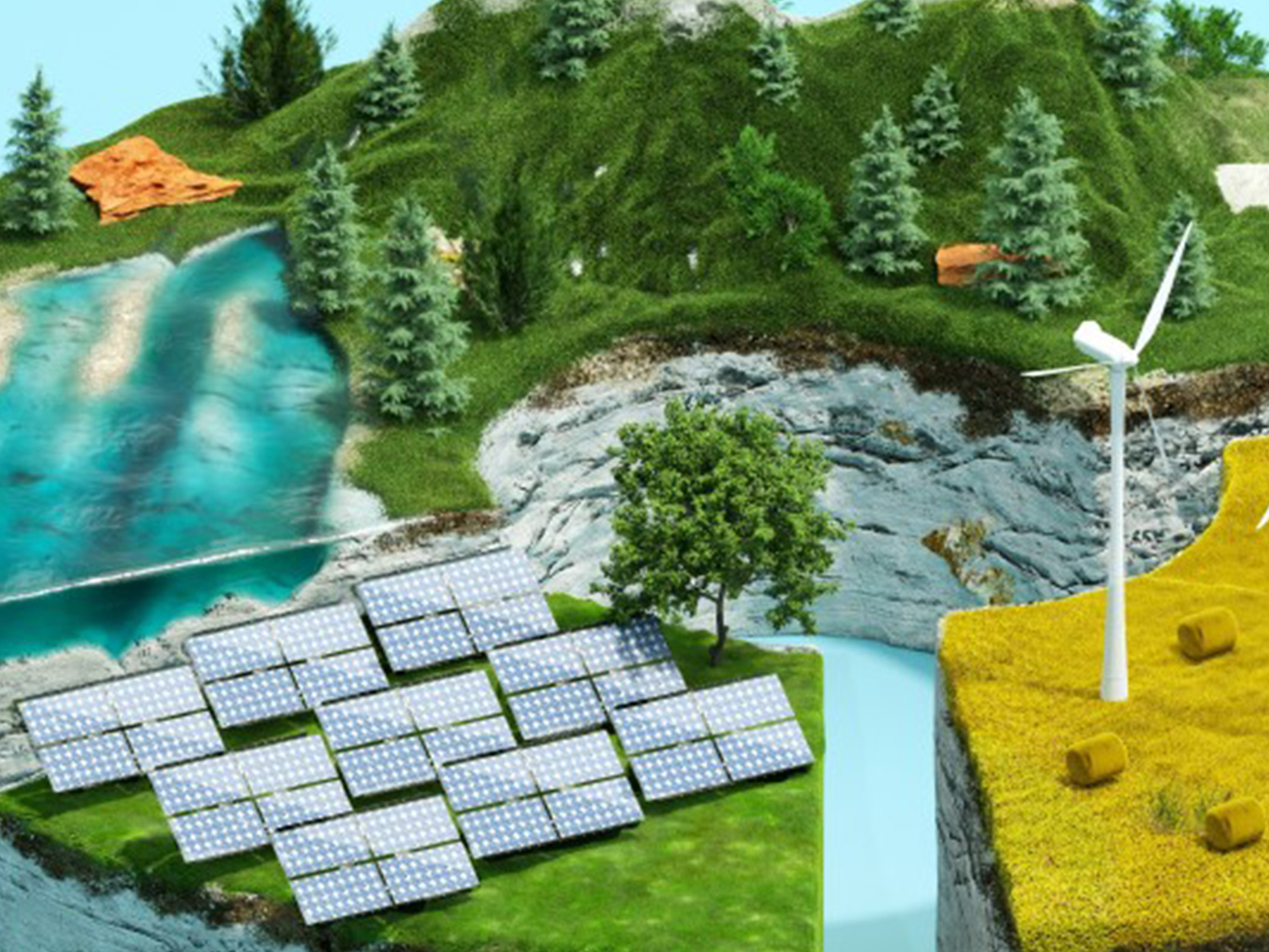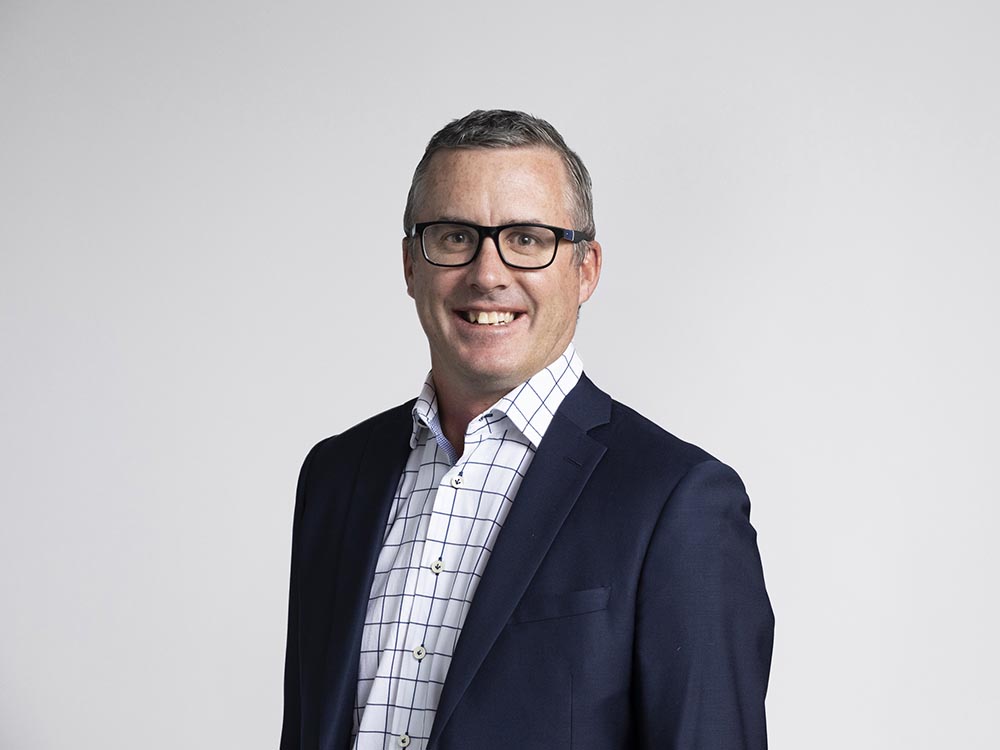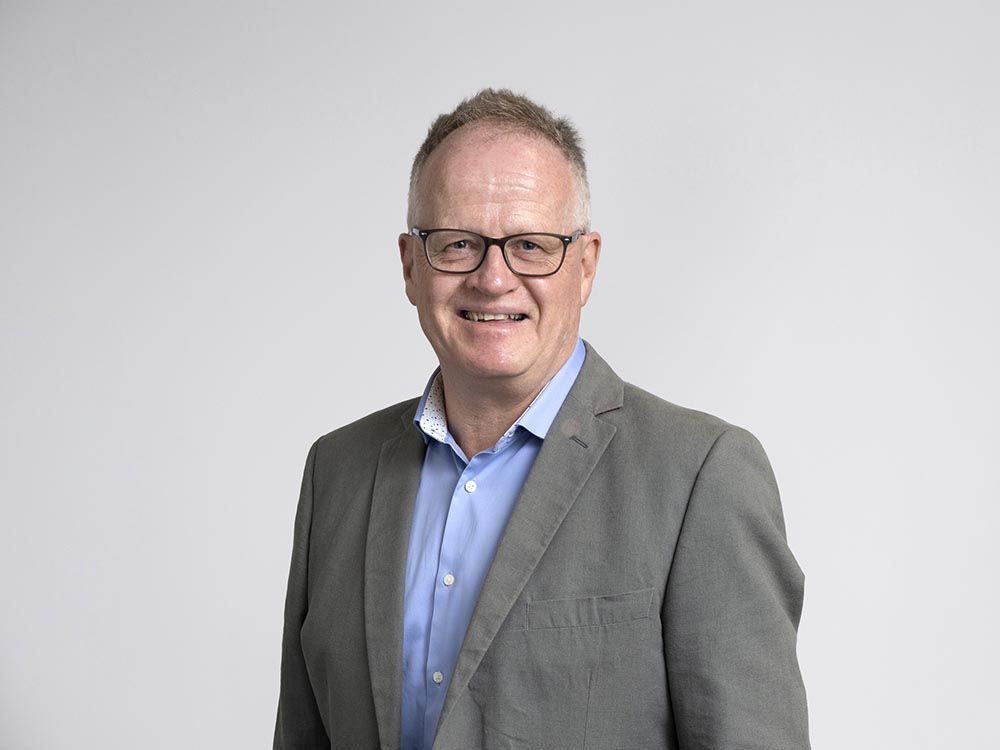In November 2022, on the 30th anniversary of the adoption of the United Nations Framework Convention on Climate Change, COP27 convened to consider the next steps required for the world to take decisive climate change action. At the same time, New Zealand continues to tread its path towards a net-zero 2050 ‘nuclear moment’, with industries and organisations all over the country planning and navigating their route towards decarbonisation, which involves a core requirement: to seek secure renewable and alternative energy sources to help them on their journey.
However, this path is neither easy nor straightforward. Living at a time of significant energy issues in Europe and around the world, there now seem to be more challenges and questions for organisations to consider, and many domestic issues to think about, although they sit alongside opportunities.
MEttle posed questions on this front-burner topic to four exceptional energy leaders: Vince Hawksworth, CEO of Mercury NZ and former CEO of Trustpower; Fraser Whineray, Chief Operating Officer of Fonterra and previous CEO of Mercury NZ; Simon Mackenzie, Group Chief Executive of Vector; and Amy Barrett, New Zealand Country Manager for Fortescue – a large Australian iron ore miner on a mission to decarbonise and build a global portfolio of renewable energy projects to help others do the same.
Is New Zealand immune to the global energy crisis?
Fraser Whineray says that what is happening around the world, and particularly in Europe, shows how fundamental energy security is to modern economies.
“Electricity is about half of the energy we use in New Zealand. The sector is largely renewable and will be 100% renewable in time, with no cables to overseas countries. That’s quite remarkable for an island nation to have a trilemma of security, renewability and long-term cost like we do. It is a massive competitive advantage for us. We can structurally reduce cost and balance of payment burdens for imported energy, and increase the security of all our activity that relies upon energy, through further electrification and renewable heat adoption.
“In my view, every country needs to have their own water, food, energy and capital. If not, you need to be conscious of who is sponsoring your short position, because if that sponsorship stops, then you’re very vulnerable.

We're in a great position, but we are not immune to international cost impacts.
“We’re in a great position, but we are not immune to the international cost impacts. Some of New Zealand's coal use is linked to what’s happening to global energy prices, which in turn connects us to what is happening in Europe. We must take care of our energy security, because minor security issues drive cost, and without security the social, economic and societal consequences are very severe.”
Vince Hawksworth agrees, saying that whilst New Zealand is insulated to some degree, we are exposed to fallout from northern hemisphere circumstances, like inflation in the supply chain for renewables.
“Globally, energy costs and security are two big drivers of geopolitical risk. This risk is shown through either security of supply and/or in price as people try to manage the risk associated with scarcity. This translates into increased demand for new renewable asset investment, increasing pressure on the supply chain and the cost of new renewables. This is particularly evident with the US Inflation Reductions Act, which encourages onshoring of manufacturing that would historically have been outsourced to China.”
However, New Zealand is well positioned to de-risk itself from these tensions through its own natural assets, says Hawksworth.
“Geothermal provides good baseload and supply has increased over time, admittedly with a lot of investment. Our wind resource is also high quality. Although initially technologically challenging, this method of energy generation has improved, with around 40%+ generation capacity factor in New Zealand versus the 20% that is common in other markets. Our ability to harness wind is the envy of the world.”
He says that Mercury is also seeing the emergence of investors considering grid-connected solar as the price of panels falls.
“If we’re talking purely an economic-driven view, this is the right solution for us in New Zealand compared to rooftop solar. The challenge is finding suitably located land close to infrastructure to build large-scale solar farms. In Australia there are deserts with no other use and very high solar hours, but New Zealand is the land of the long white cloud, and our solar hours are different, so location is a highly critical component, resulting in a race for suitable sites.
Amy Barrett agrees that New Zealand is doing well with renewables when compared to other countries. However, she also warns against complacency.
“When you consider our wider energy consumption, we’re around 40% renewables, which highlights our continued reliance on fossil fuels.
“We know that if we don’t decarbonise, our economy and jobs will suffer. There’s an increased international focus on ESG requirements, yet we’re sending our products out to the world, which currently involves fossil fuels. The challenge is that we need to be very cognizant of our socia licence. This makes decarbonisation an economic imperative, especially for the success of our economy, and not just climate.”

People are searching for the one perfect energy answer, which is simply not possible: it must be a suite of answers.
She suggests that as part of meeting the imperative, green hydrogen offers a huge opportunity, stressing all the while that it is part of the overall solution, not the whole solution.
“People can be very absolute and are searching for the one perfect energy answer, which is simply not possible: it needs to be a suite of answers. It is critical we remain open-minded, consider all options, and electrify everything we possibly can to be efficient. Hydrogen fits the gap that electricity can’t fill, and this is where green hydrogen and its derivatives – such as ammonia, liquid hydrogen, Sustainable Aviation Fuel (SAF) – can come together to assist decarbonisation.
“We fully endorse electrifying everything possible. However, EVs and batteries have their limitations – in particular for heavier transport needs. Charging time and range limitations are factors. It’s about looking at the use cases and determining which technology is fit for purpose. Overcoming the obstacles is a team effort. It’s going to be electrification, hydrogen products, and biofuels: nobody can come in and do it by themselves and we can’t wait for a perfect solution. We need to open our minds to the combination of solutions that are already emerging and start making those steps now. Even if the steps are small, they are steps. We’re good at working together in New Zealand.”
Barrett highlights that Fortescue is investing heavily in research and believes we will see green hydrogen and its derivatives in use in New Zealand and around the world in the not-too-distant future.
“At Marsden Point we are working on several potential products which are exciting. They include eSAF, a sustainable aviation fuel made from hydrogen.”
In terms of exporting hydrogen from New Zealand, Barrett says there’s opportunity, but it needs to be very large scale to be successful, given our distance from international markets.
“International demand is massive, our global Fortescue team has a supply agreement with E.ON in Germany and it is forecasting huge growth which will require investment in production facilities to deliver more over time.”
Resilience: The big question
When considering the suite of opportunities open to New Zealand on the supply side, Hawksworth says the big question in the energy sector is that of resilience.
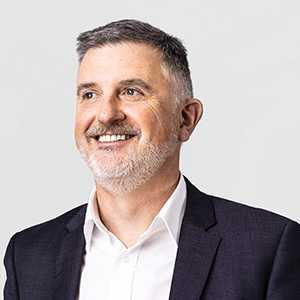
The challenge with a renewable future is building resilience so we can handle energy challenges when we have dry years, or peak demand on a cold winter's night when the wind is not blowing and the sun is not shining.
“The challenge with a renewable future is building resilience so we can handle energy challenges when we have dry years, or peak demand on a cold winter’s night when the wind is not blowing and the sun not shining.”
The solutions are many and varied, he adds.
“We need to strike a balance between decarbonisation, sustainability, affordability, and reliability. One opportunity is the piece of work funded by the energy sector through Boston Consulting Group, which undertook an independent study and recently released their findings. The report identified many choices in how we can create a renewable future, and even highlighted a preferred pathway.
“Over the next decade we will see an increase of new renewables through more wind farms, solar, and geothermal. Boston Consulting Group recommended dealing with the issue of an energy shortfall and meeting capacity through the continual utilisation of a small amount of fossil fuels that will gets us to circa 96–98% renewable electricity. By the 2030s we will be moving into a much smarter and sophisticated ecosystem, which will require a different mindset in the sector about what good looks like.”
Coordinating investment and smoothing peak demand
Mackenzie says that as we consider resilience, another major question is that as we add more renewables to the system, are we not looking at it holistically from an inter-dependent risk perspective?
“On the decarbonisation journey we’re shifting a lot of fossil fuel energy consumption for industry and vehicles to electricity. This exponentially elevates the criticality of electricity, and it becomes one of the most important pieces of infrastructure from an economic perspective for our country. A coordinated investment and decision-making environment is therefore critical. It must be cohesive to consider the step-change required to attract capital, investment funding and credit rating matrix.
“As part of this coordination, we also need to consider the energy zones that are being created. It might be perfect to build a wind farm in the South Island, but what is the point when this load is needed in Auckland, and you spend a huge amount on transmission? We need to move away from the siloed thinking and look at a whole-of-system cost asking, ‘how do I get the best economic cost coupled with the reliability and resilience layer that can then meet the affordability objective?’”
He then adds that peak demand is the absolute killer of cost in the industry.
“If you can smooth those peaks out it creates a material benefit that is sustainable. The energy sector is incredibly supply-side oriented and looks at generation, transition and distribution. Even if you look at supply curves now, you’d normally expect some elasticity which comes down to how you put in place types of technology and platforms that enable load to be shifted around to avoid creating peaks.”
He adds that research in other markets shows that people don’t want to spend their time thinking about when to switch on.
“This enables technology opportunities to manage infrastructure in a more sophisticated and smarter way on both the supply and demand sides, traversing both regulated and non-regulated parts of the energy system.”
This is something that Vector is exploring with its global strategic partnership co-development of technology alongside AWS and Google.
“We all share a common perspective of what is needed in the energy sector due to mindset alignment and what we were doing within our market. One frustration is the vast difference in perspective around what the energy sector perceives digital technology can do versus what we see. It requires a full digital transformation step-change in the industry and among regulators to understand what the capabilities are, and we need to think about how to manage things going forward.”
Mackenzie stresses that we can’t underestimate affordability and how we manage the price path.
“We need to move to a whole-of-system cost. To achieve that we need to enable more customer demand thinking through digital platforms technology. By overlaying the power of data and analytics onto the energy system we can optimise that transition which is currently nowhere where it needs to be.”
Renewable impact for future technology
One aspect of the resilience discussion in recent years is the creation of large-scale renewable energy to cut in at times of peak demand. Within this debate, one energy resilience project option that has enjoyed some airtime is a pumped hydro-project at Lake Onslow. However, Hawksworth is not alone among our interviewees in vocalising a degree of skepticism on its ability to be realised.
“Onslow is a very large project with as yet un-solutioned cost and mechanism to build. Sitting here in 2022, I think it would be difficult for a project like Onslow even if someone decided today that it was the pathway forward. A massive dam, tunnel and major power station would have to be built, and it is difficult to conceive those contracts getting through any form of a competitive process within two years. You’d get started in 2024 and it probably doesn’t get into operation until the mid-2030s. The difficulty is what do we do in the meantime? And you’d have to determine how it gets funded and paid for, as we’re talking about at least NZD4 billion.”
Mackenzie says: “It has been evident for some time there are two well-known stand out issues in the energy system. The first is Tiwai and whether this stays or goes, and if it stays does it pay a fair price, and secondly the material risk (which is increasing) around dry years, both now and longer term. Regarding the latter, there isn’t any clear or agreed solution, however all options need to be considered with an open mind.”
Other alternatives for managing variable renewables against peak demand (not "Onslow" or "Huntly" scale) include new types of batteries, says Whineray, who expresses excitement about the amount of global R&D, ideas and technology coming through the energy space.
“At Fonterra we are working with Massachusetts Institute of Technology (MIT) to trial a world-first Polyjoule™ battery. This is a new organic, low-cost, safe, sustainable and long-life alternative. It offers an uninterruptible power supply for a brief period, depending on what you have stored. We installed one in Waitoa, as a glitch from the electricity grid on these sensitive UHT packaging machines can lead to a five-hour downtime. With the battery in place, the machine rides through.
“The other application for this technology is buffering renewables. People consume power when and how they want. A Polyjoule™ battery can buffer renewables without using rare-earth materials, and the associated mining consequences. Fonterra is assisting MIT with development of scale use cases for this leading technology. We’re pleased to be partnering with MIT at the start of this journey to help prove applications in a real commercial environment.”
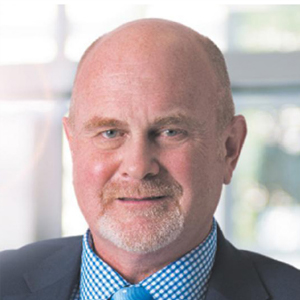
By overlaying the power of data and analytics onto the energy system we can optimise that transition.
Whineray then concludes with a useful caution: that concerted, coordinated action across the sector is what is required, as the adage ‘every little bit helps’ is a dangerous view to hold.
“It assumes we have unlimited resources, and we don’t. If we are really serious about sustainability, we have to integrate sustainability with what’s good for society. We must think about things as systems, and we must do the sustainability maths on what we prioritise before the memes. There’s so much greenwashing going on; a misallocation of scarce time, people, and money against the situation the planet is in. If anything is mis-allocated against the best use of resources, it is making the job much harder.”
